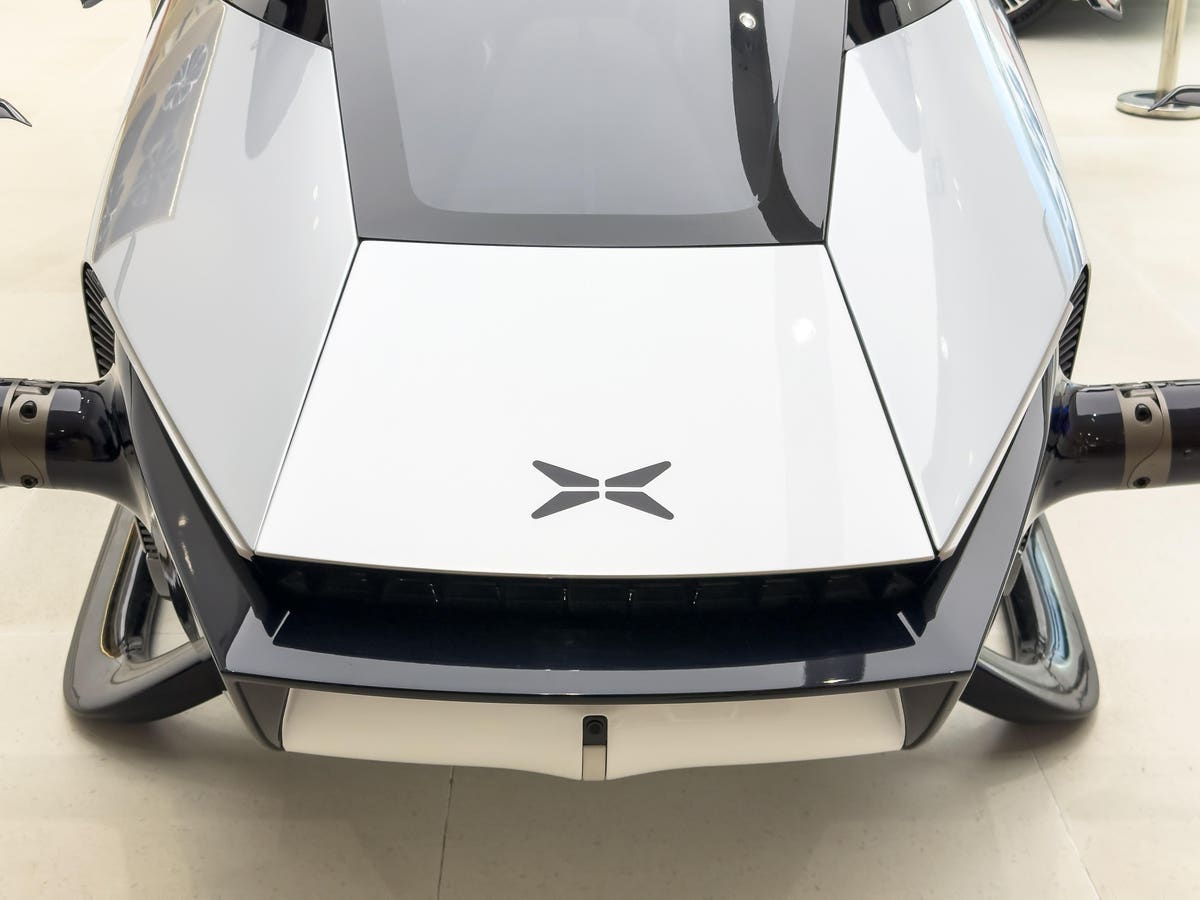Chinese luxury electric vehicle maker Xpeng stock has seen its stock fare well this year, rising by over 40%, despite some headwinds to its shipments. While Xpeng has lost market share over the first three quarters of the year, amid mounting competition from EV bellwether Tesla
TSLA
However, XPEV stock has suffered a sharp decline of 65% from levels of $45 in early January 2021 to around $15 now, vs. an increase of about 10% for the S&P 500 over this roughly 3-year period. However, the decrease in XPEV stock has been far from consistent. Returns for the stock were 18% in 2021, -80% in 2022, and 42% in 2023. In comparison, returns for the S&P 500 have been 27% in 2021, -19% in 2022, and 9% in 2023 – indicating that XPEV underperformed the S&P in 2021 and 2022. In fact, consistently beating the S&P 500 – in good times and bad – has been difficult over recent years for individual stocks. In contrast, the Trefis High Quality Portfolio, with a collection of 30 stocks, has outperformed the S&P 500 each year over the same period. Why is that? As a group, HQ Portfolio stocks provided better returns with less risk versus the benchmark index; less of a roller-coaster ride as evident in HQ Portfolio performance metrics. Given the current uncertain macroeconomic environment with high oil prices and elevated interest rates, could XPEV face a similar situation as it did in 2021 and 2022 and underperform the S&P over the next 12 months – or will it see a recovery?
The Chinese auto market and EV space in particular has fared well. For the first nine months, auto sales in China rose 2.1% to 15.41 million units, while new energy vehicle sales accounted for 36.6% of overall sales in September. However, competition in the market is expected to remain stiff, and this is reducing Xpeng’s pricing power. Moreover, if we exclude the strong performance of Xpeng’s G6 model, the sales of all the other models in the company’s lineup combined actually declined by roughly 30% versus last year. Xpeng’s financial performance has also been tough. For Q2, the company posted its widest-ever net loss since going public, while its vehicle gross margins came in at negative 8.6%, down from 9% in the year-ago period. Q3 results are due next month. Xpeng also trades at close to 3x forward revenues, which is ahead of Nio and Li Auto, which are both seeing faster revenue growth. Considering this, we think the stock could face pressure in the near term. See our analysis of Nio, Xpeng & Li Auto: How Do Chinese EV Stocks Compare? for a detailed look at how Xpeng stock compares with its rivals Li Auto and Nio.
Invest with Trefis Market Beating Portfolios
See all Trefis Price Estimates
Read the full article here





